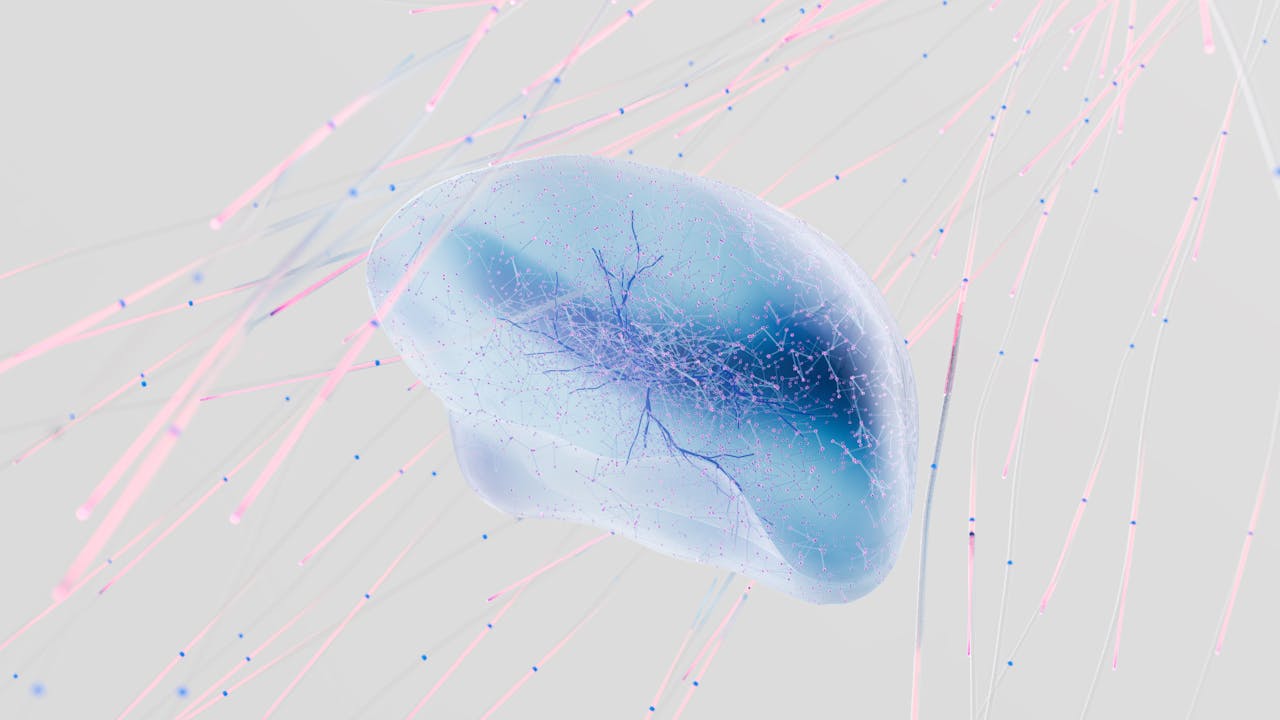Mental Health
Bird Flu Could Become Deadly Pandemic
The first of the two controversial studies on mutated version of deadly bird flu that sparked fears has finally been published on the journal Nature, showing the possibility that virus could be transmitted between humans and become pandemic.
H5N1, commonly known as “bird flu”, is lethal to human. According to World Health Organization, bird flu killed around 60 percent of those who are infected since 2003. The number of infected people remained relatively low at around 602 because transmission of the influenza between humans was rare, if any.
The Wednesday’s paper, however, showed otherwise and that bird flu could spread between humans with some mutations.
And some of the mutations are already starting in Middle East, only one mutation away from becoming deadly.
“If [the mutation] happens — and if H5N1 retains its apparently sky-high mortality rate — we could be in for serious trouble,” reported Bryan Walsh of Time Health Land.
Yoshihiro Kawaoka, virologist at University of Wisconsin-Madison, led the study where the team tweaked H5N1 influenza and tested among ferrets. After four mutations, researchers found that the virus could spread between ferrets.
There had been debates about whether this paper, along with a study by Rom Fouchier of Netherlands on the similar topic, should be published or not. Those in favor of publication said it is helpful for research and medication improvement, and those who are against said it could give an opportunity for bioterrorists to spread lethal disease.
The US National Science Advisory Board for Biosecurity (NSABB), an independent advisory board to the government, said details of the two studies should be redacted from any publications in December of 2011. Undoubtedly, this stirred controversies among scientists, saying the government is trying to censor scientific discourse and stifle advancement.
In March, the board revised the decision and allowed publications to happen. Kawaoka’s paper on Nature was published in full, but only the data, methods, and conclusions were recommended for Fouchier’s paper.
When Fouchier’s paper is published, it could stir the biosafety community even more, since the mutant bird flu made in Fouchier’s lab is described to be more dangerous than Kawaoka’s. Fouchier’s paper was submitted to Science and awaiting to be published.
“Fouchier’s work would provide a much more direct formula for terrorists to alter H5N1 viruses themselves,” reported Walsh.
A virology professor at the University of Hong Kong, Malik Peiris, who wrote a commentary accompanying Kawaoka’s paper in Nature, expressed his concerns.
“There are people who say that bird flu has been around for 16, 17 years and never attained human transmissibility and never will,” said Peiris. “What this paper shows is that it certainly can. That is an important public health message, we have to take H5N1 seriously. It doesn't mean it will become a pandemic, but it can.”
However, some said there are more benefits than the risks in publishing the paper.
Arturo Casadevall, a microbiologist from Albert Einstein College of Medicine, NY and a member of NSABB, said scientist will now have better understanding on the mechanism, therefore contribute in preventing.
“We feel the risk is still there, but the benefits now outweigh the risks,” said Casadevall.
None of the infected ferrets in the Kawaoka’s experiment died, according to the study.









Join the Conversation